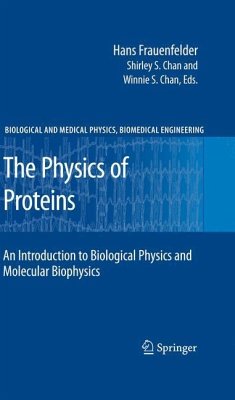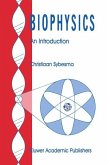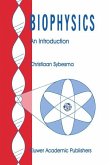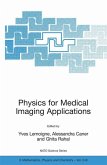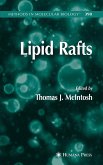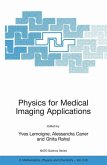Provides an introduction to the structure and function of biomolecules --- especially proteins --- and the physical tools used to investigate them
The discussion concentrates on physical tools and properties, emphasizing techniques that are contributing to new developments and avoiding those that are already well established and whose results have already been exploited fully
New tools appear regularly - synchrotron radiation, proton radiology, holography, optical tweezers, and muon radiography, for example, have all been used to open new areas of understanding
The discussion concentrates on physical tools and properties, emphasizing techniques that are contributing to new developments and avoiding those that are already well established and whose results have already been exploited fully
New tools appear regularly - synchrotron radiation, proton radiology, holography, optical tweezers, and muon radiography, for example, have all been used to open new areas of understanding
From the reviews:
"It appears to be written for advanced undergraduates and graduates in physics who are newcomers to biophysics and biochemistry. ... The book builds from Frauenfelder's sketches and hand-drawn diagrams, which impart to the volume a personal touch, to its major theme: Frauenfelder's insight that protein structures undergo conformational transitions - proteinquakes - through sub-states of approximately equal energy in a rugged, multi-dimensional, conformational-energy landscape." (H. Richard Leuchtag, Physics Today, May, 2011)
"It appears to be written for advanced undergraduates and graduates in physics who are newcomers to biophysics and biochemistry. ... The book builds from Frauenfelder's sketches and hand-drawn diagrams, which impart to the volume a personal touch, to its major theme: Frauenfelder's insight that protein structures undergo conformational transitions - proteinquakes - through sub-states of approximately equal energy in a rugged, multi-dimensional, conformational-energy landscape." (H. Richard Leuchtag, Physics Today, May, 2011)

